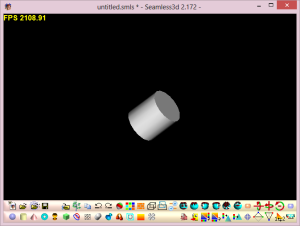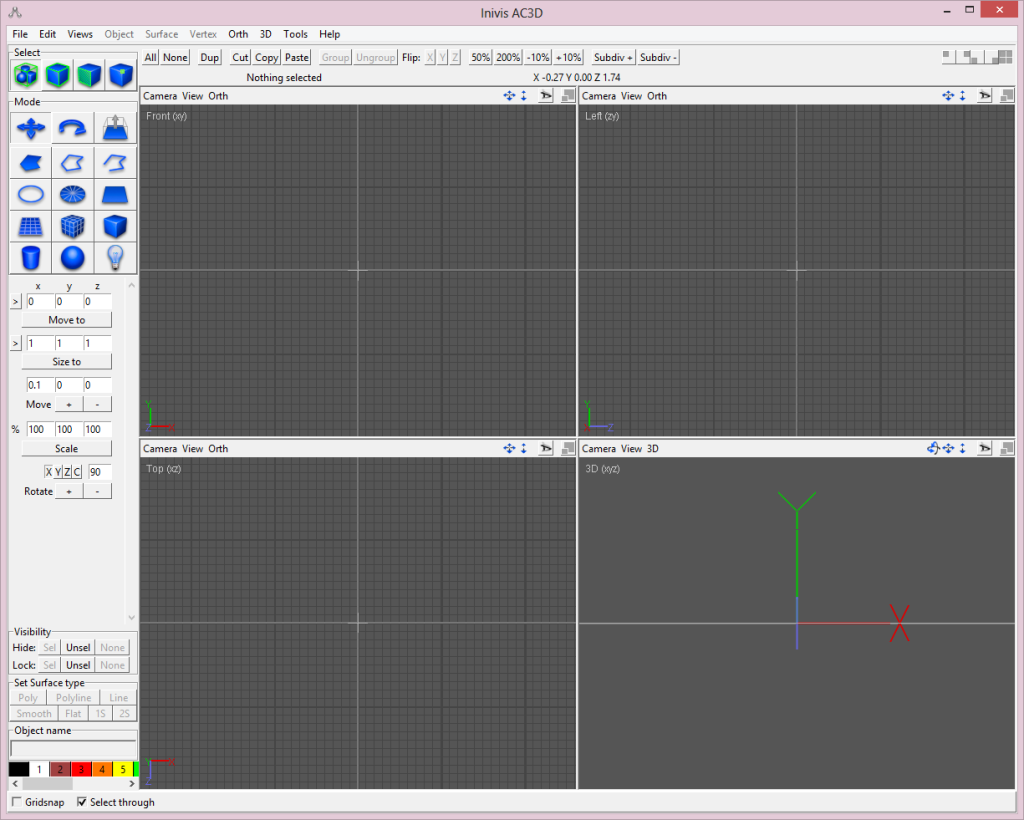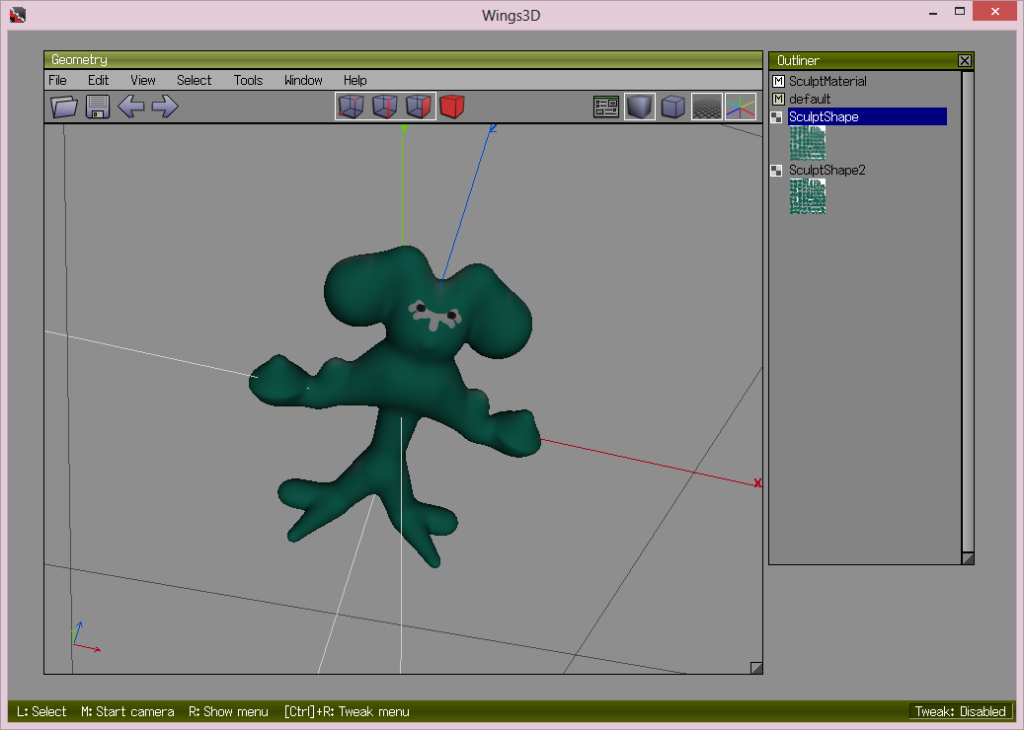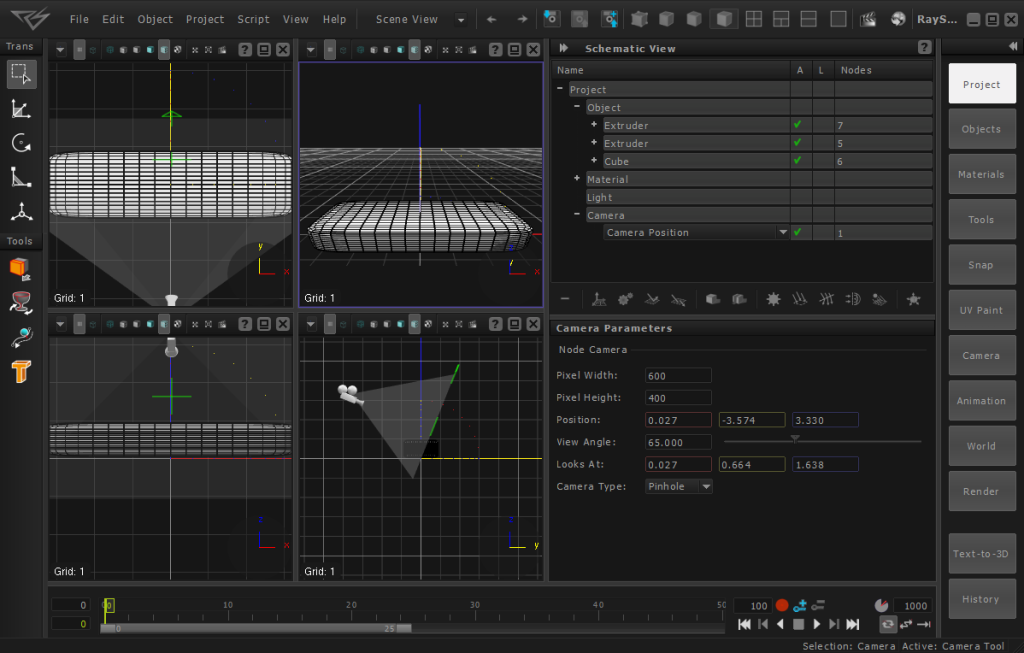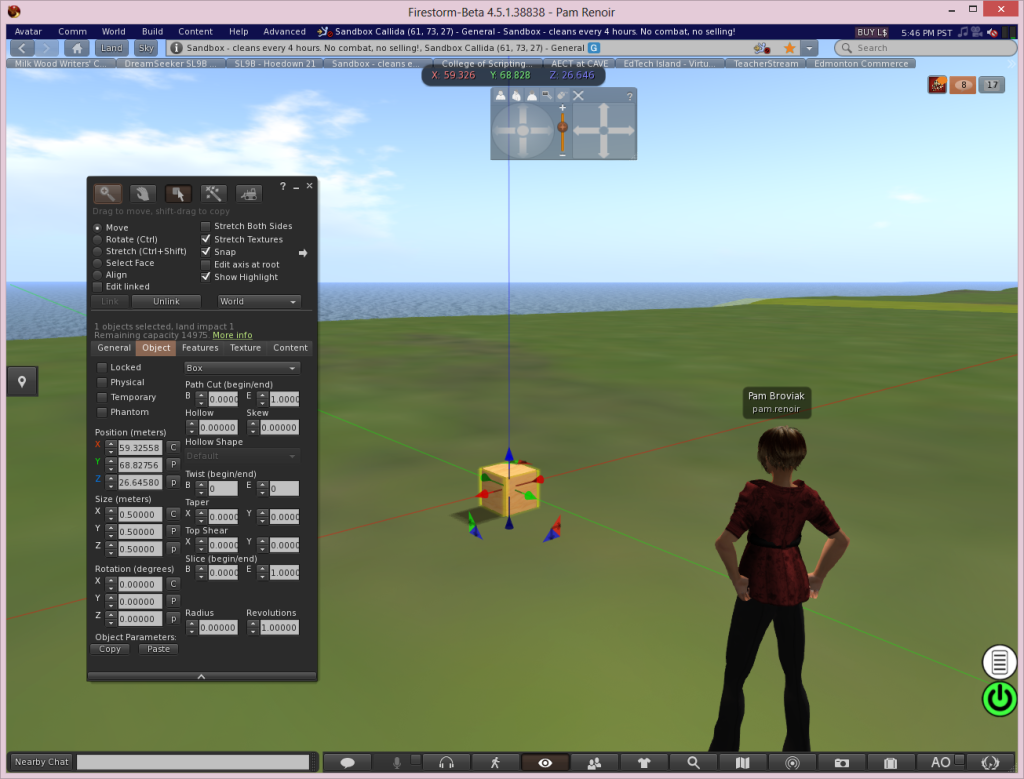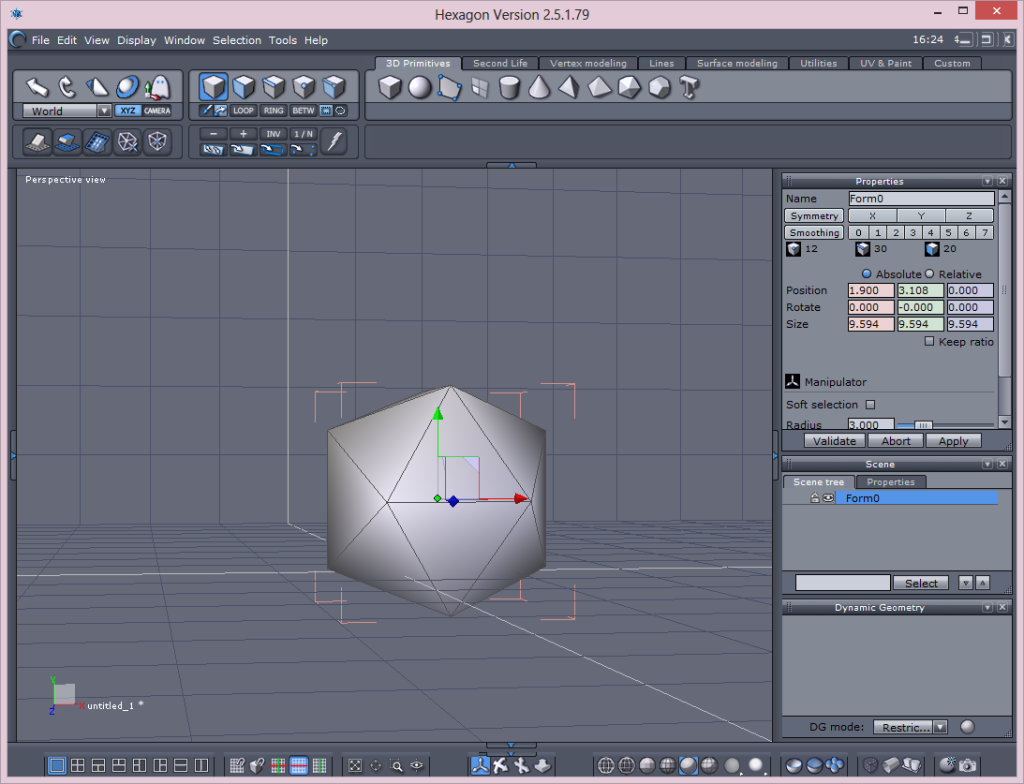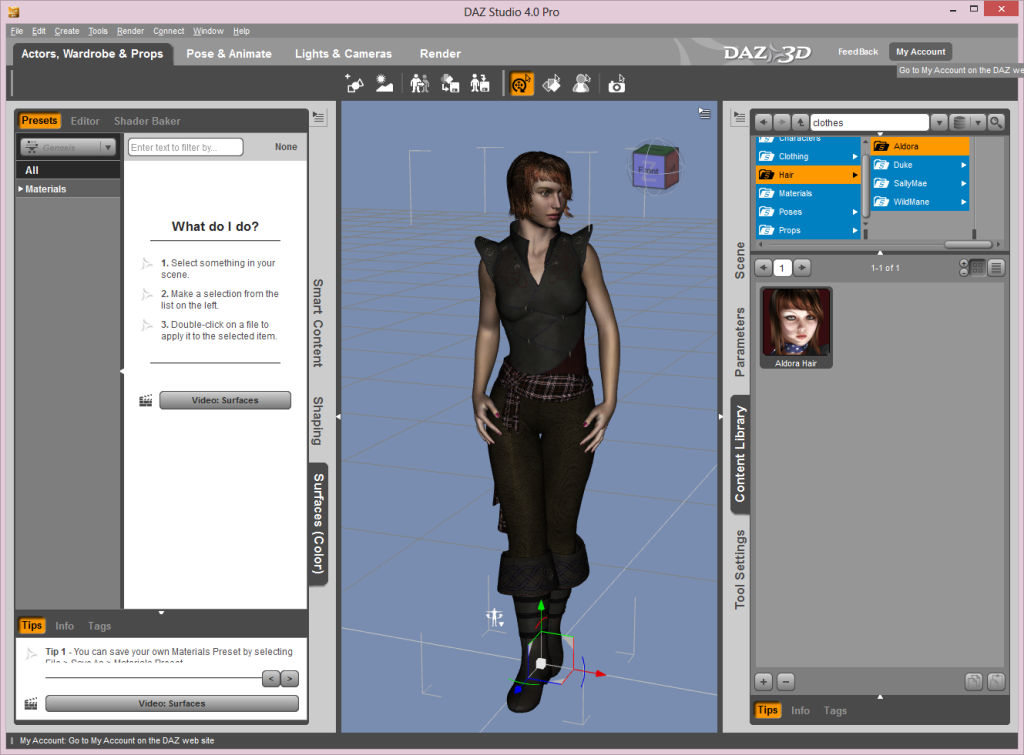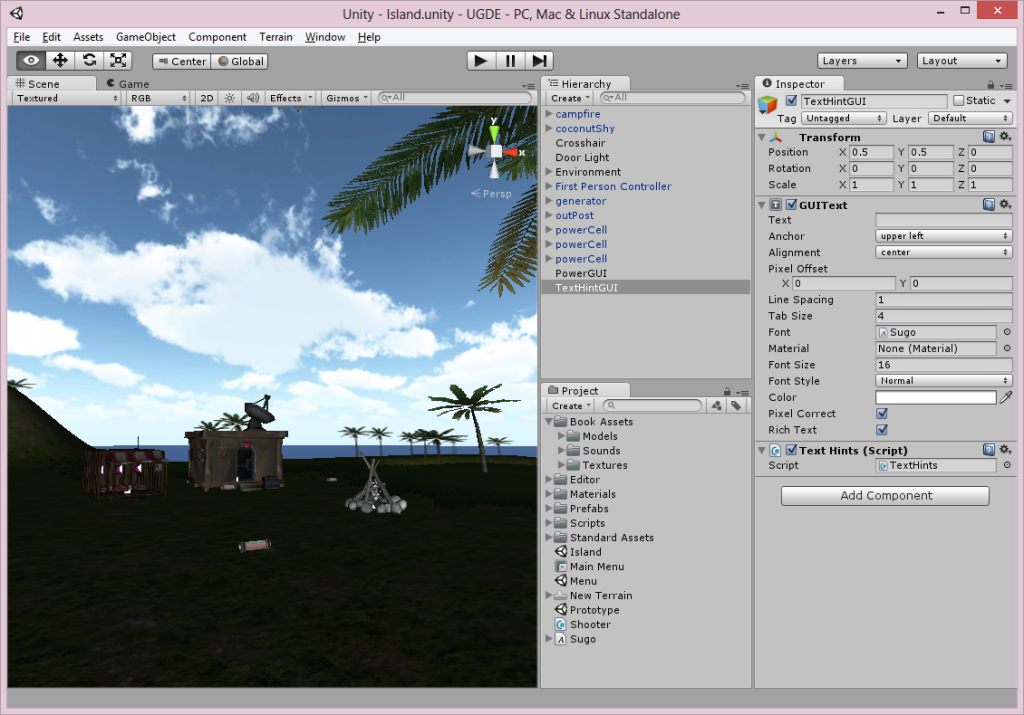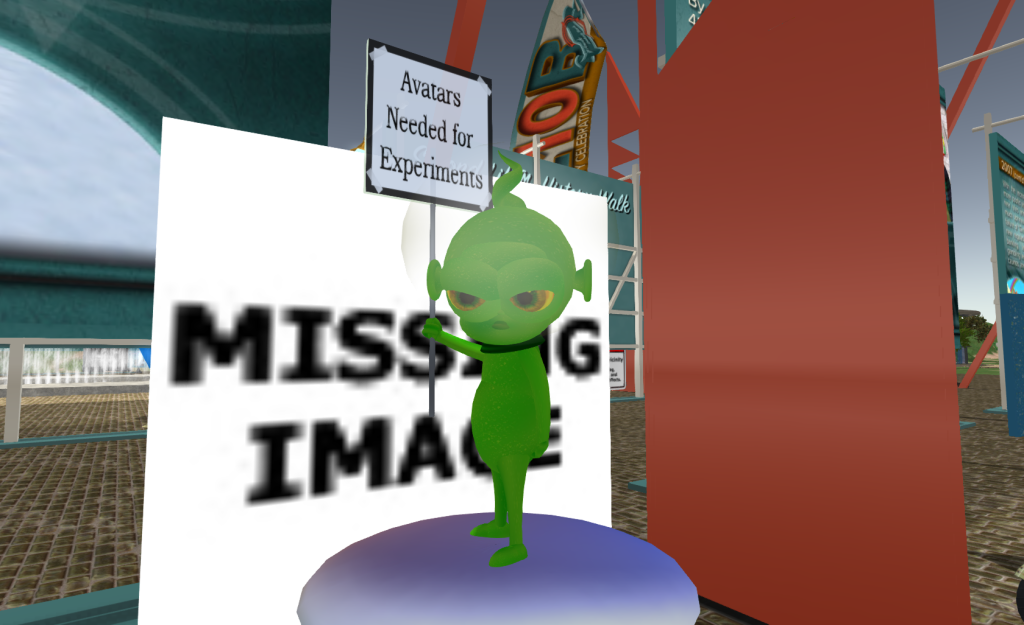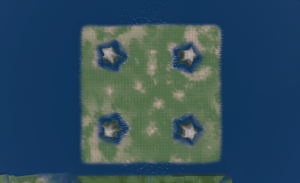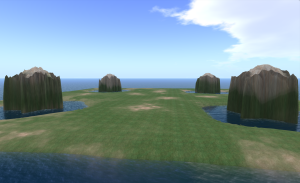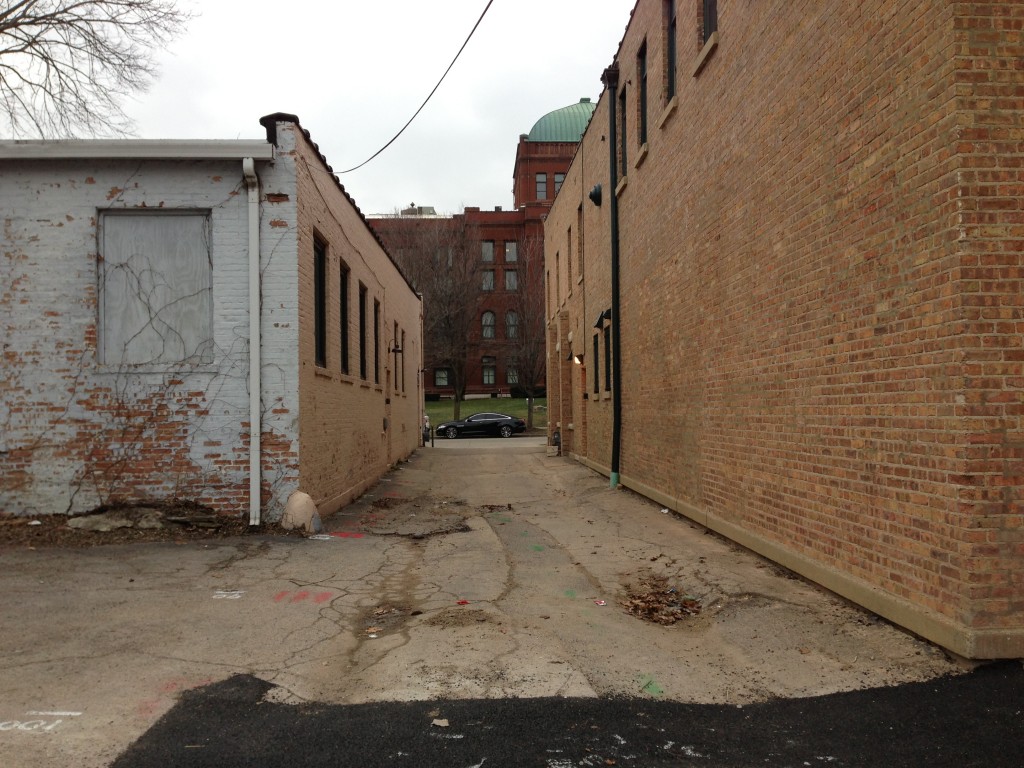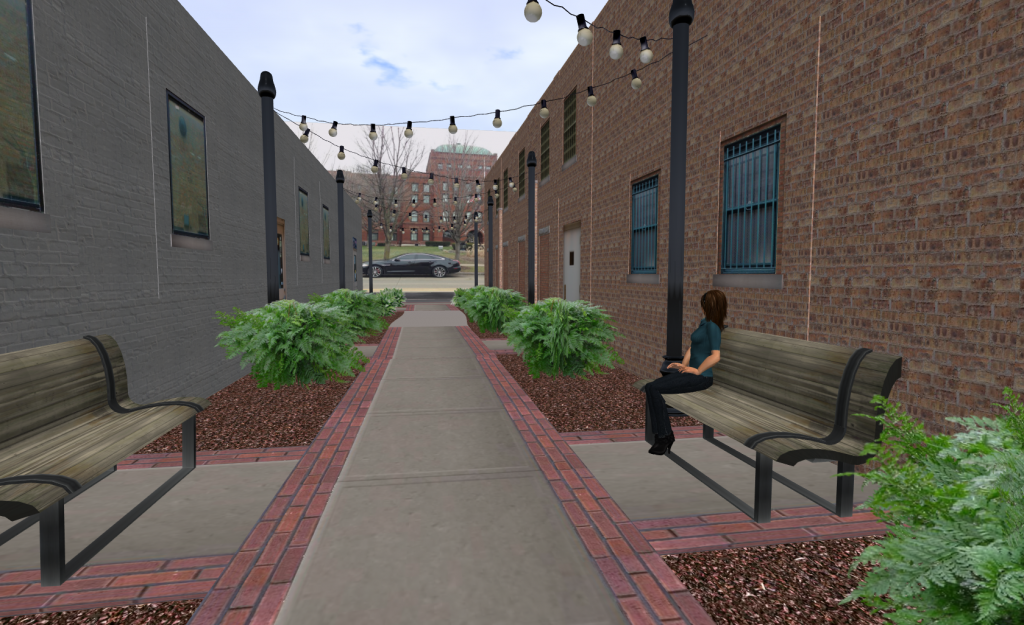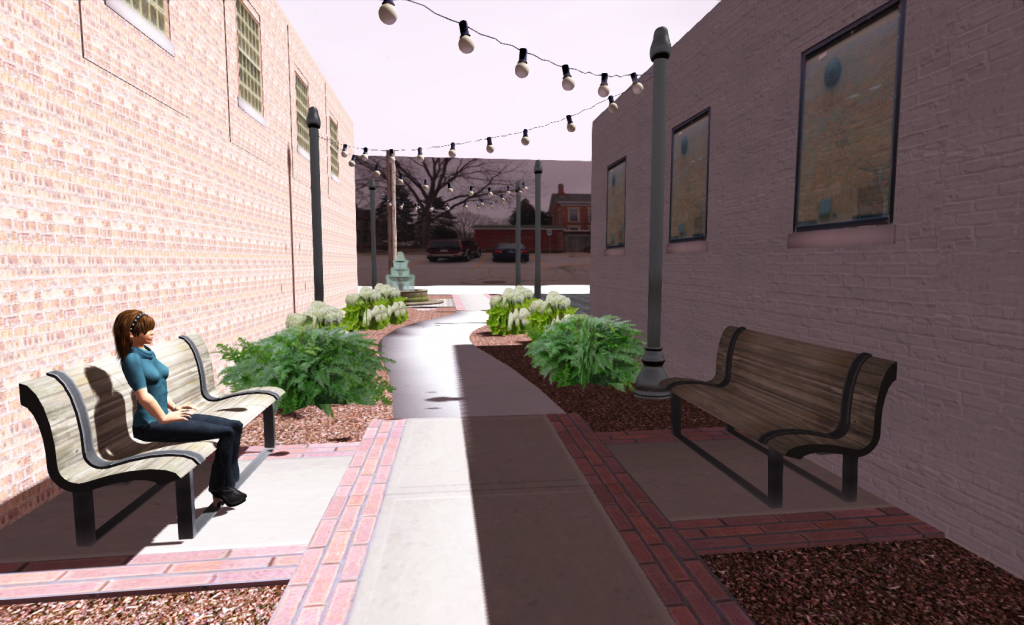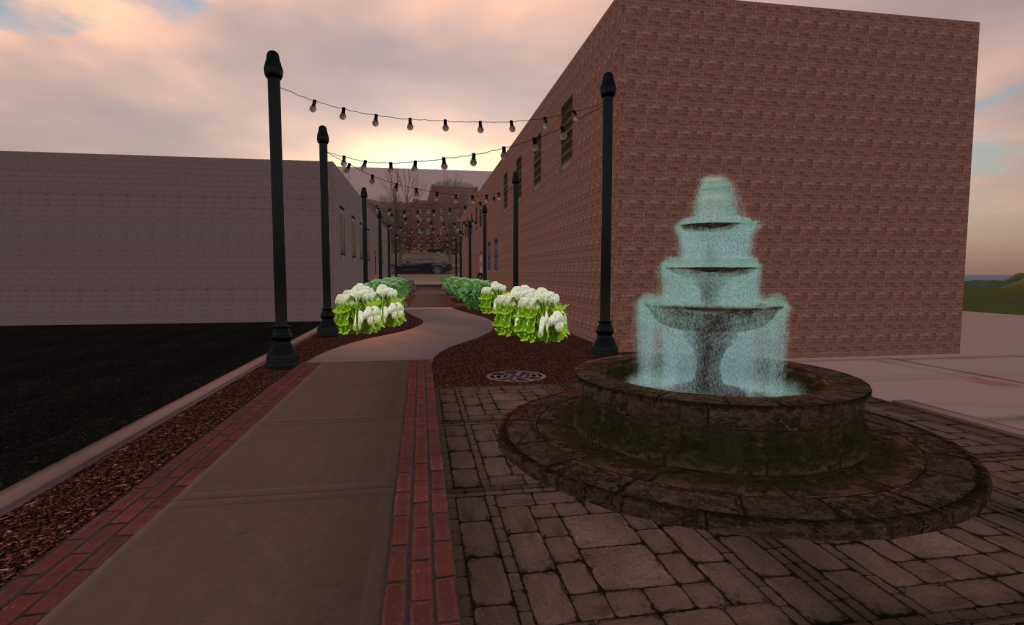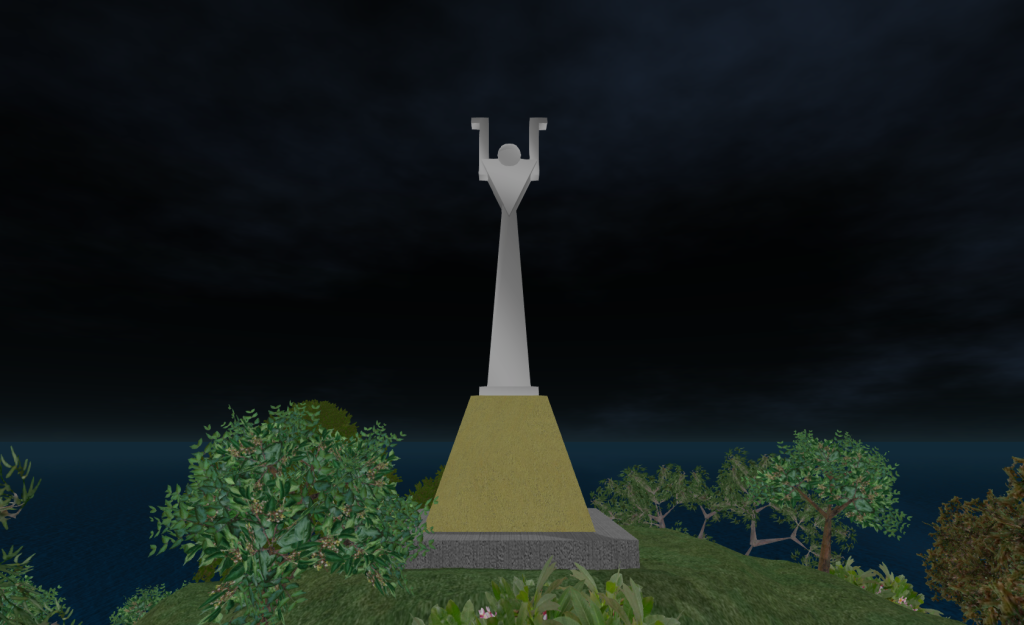
Over the last few days I've been reading the responses to the departure of Rod Humble, the CEO of Linden Lab – the company that owns and operates Second Life. Here are a few sites where you can find some in-depth and thoughtful discussion.
The Oracle of Pixels on Andromeda, written by William Burns
Rod Humble Leaves Second Life on NALATES' THINGS & STUFF, written by Nalates Urriah
Three in ten: a look back over Rod Humble’s tenure at LL on Living in a Modemworld, written by Inara Pey
An Open Letter to the Lindens on Hypergrid Business, written by Maria Korolov
What struck me in a few of these articles is once again the similarities between local governments and Second Life. In at least the first two of these posts, you could replace "Second Life" with "local agency" and most of the article would still apply. There are also many interesting points and suggestions made in each article related to leadership and management of a community and specifically Second Life's community. The comments in these posts got me thinking about what qualities I believe a good leader of a virtual community should have. So I am adding my own voice to the others now discussing the future of Second Life. The points presented below are merely observations I have made from working about 30 years in and for local government, being a member of the Second Life community since late 2006, and actively reading and listening to opinions, thoughts, and ideas from other Second Life members including those from the articles listed above.
1. A community leader needs to be confident enough in their abilities and skills to listen to new or opposing views and ideas
This is one of the suggestions I got out of reading the post written by Will Burns. In it he points out that companies can end up with a leader who does not allow any voices of opposition or criticism. And as you might expect, this can lead to poor decisions, mistakes, and failed ventures. This is exactly what can happen with a city – a poor leader who is put in place through either an election or through appointment who refuses to consider any suggestions or comments that do not agree with their own will eventually prevent their city from innovating and growing at best and at worst will diminish its appeal, stability, and sustainability. In some cities, like in some companies, the population will realize something is amiss and will replace their leadership through an election. Other times, the citizenry is left unaware of the actual cause of the community's decline and the leadership remains in power. While I don't have insight into the type of leadership at Linden Lab that Burns might have, I do agree the best type of leadership for any company or agency is one in which opposing views are not blocked or dismissed with absolutely no consideration.
I've also worked at cities where people like Will Burns regularly challenged us, and he is correct to conclude having someone questioning leadership can help motivate and compel an agency/company to improve as long as the leader is willing to listen. This doesn't mean leadership ends up always doing exactly what is suggested, but more times than not, the challenge forces the agency/company to do a better job at making and thinking through decisions.
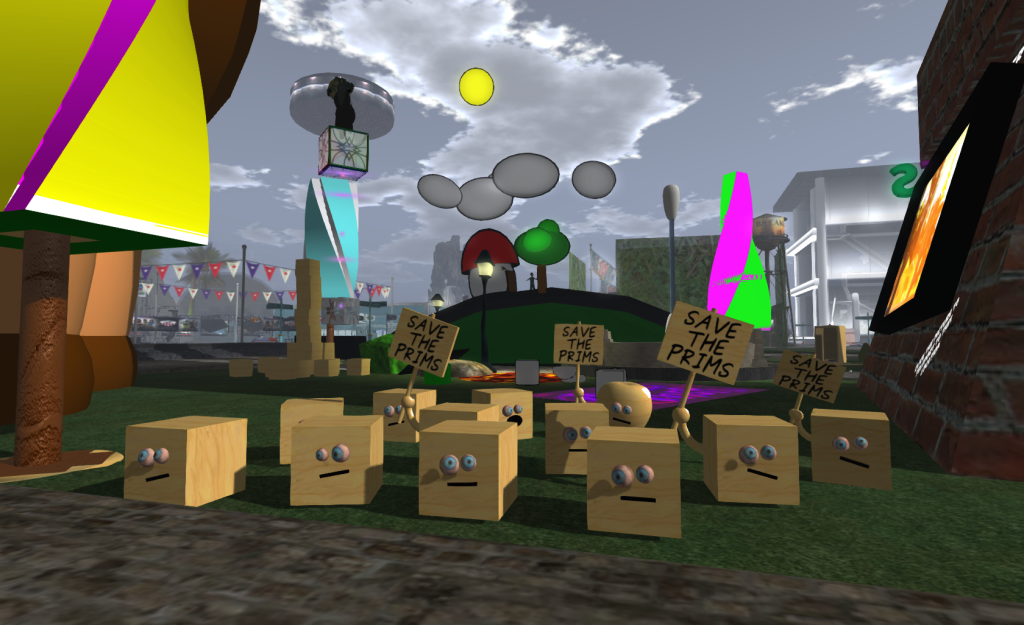
2. Advisory committees are helpful
Burns also suggests the establishment of an advisory board. To me this seems similar to the citizen advisory committees or commissions often set up by cities. These often provide needed insight and improvement to operations and policy. But for committees to provide the most value, it is critical that they are created and supported under certain guidance with careful regard for who serves in this capacity. Fortunately it looks like Linden Lab already has the Linden Endowment for the Arts – a working committee model from which they can build. Here are some more specific issues to keep in mind:
Decision makers are not obligated to, nor should they perhaps, always follow the recommendations made by an advisory committee. Yet they need to keep in mind that constantly choosing a path in opposition to a committee's recommendations will devalue the purpose of the committee and can risk alienation of its members. If that is happening, it is many times a sign of disconnect between the leaders and the community and both need to work on finding common ground.
These positions are typically held by volunteers from the community so that the committee members bring a more community-based viewpoint to the table. But consideration needs to be given in choosing these members so they are not those who will only use their position to improve their own interests at the expense of the community.
Usually more than one committee or board is necessary, and for Second Life with its diverse and unique community needs, this seems even more true to ensure the majority of needs and aspects of the community are addressed.
Committees and boards are supported in their efforts by the decision makers. If necessary this would include financial support in a manner similar to what is done with the Linden Endowment for the Arts.
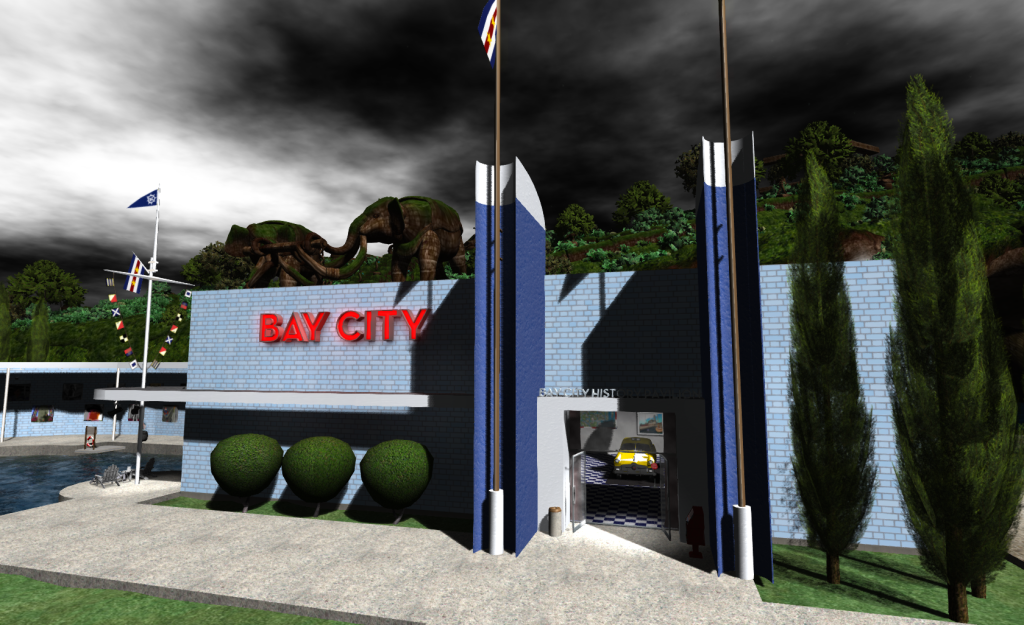
3. The leader needs to be engaged
This is one area in which government typically excels over private business – probably because the leadership in a city is usually placed there by popular vote. And you don't get elected by being a diminuitive wallflower. While many companies can still succeed by ignoring this requirement because of the type of product they sell or service they deliver, a community-based company like Second Life cannot really do so and expect to provide anything more than average service. You can better understand the importance people in Second Life place on the engagement of the leadership at Linden Lab by reading the post by Nalates and Inara. Each discusses communication issues and accomplishments – both top issues upon which a citizenry places great focus and emphasis. Mayors and Village Presidents and other elected officials who understand this end up achieving much for their communities while still maintaining an overall positive reputation within the community. Sure they have some naysayers – after all they realize you aren't going to make everyone happy all the time, but they have somehow managed to figure out the secret sauce in pleasing enough people to make them the popular choice at each election. (This could be related to No. 5 below.)
This probably sounds crazy to most business people, but the critical need for this type of leader when the product involves community services makes me wonder if Linden Lab would do best to choose their next CEO from the pool of those who have served as popular and effective mayors. After all, they understand and have experience with leading and managing a community while effectively handling finances and still delivering projects and meeting needs of citizens. Some might suggest along this line of thought a city manager is better suited. But while a chief administrator of a local government might be able to manage a company, they normally lack the community engagement skills elected officials seem to naturally possess.
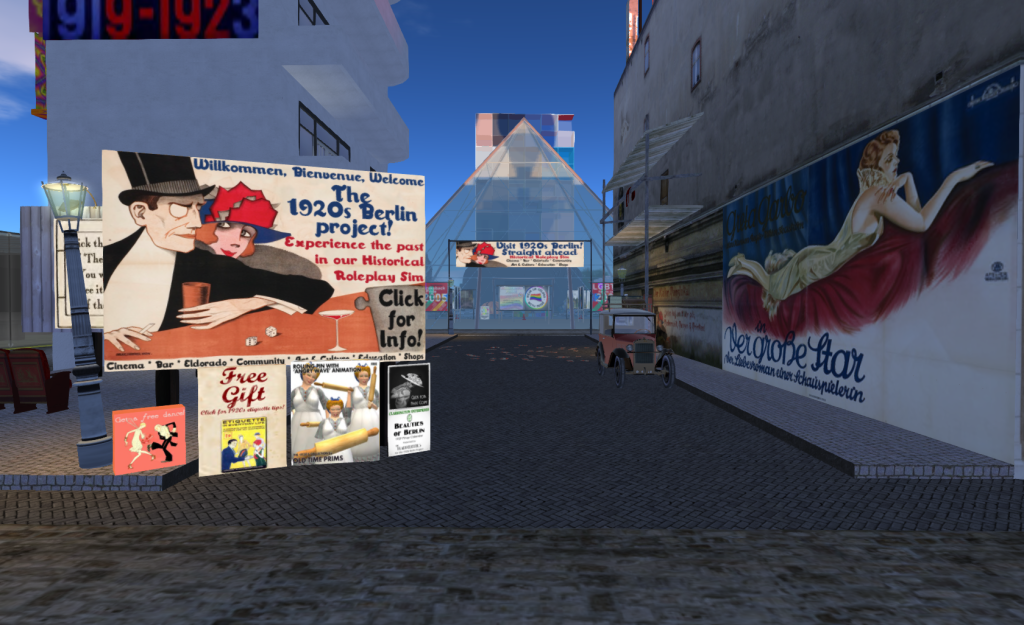
4. Leaders need to convey passion and commitment to their community
The other critical skills needed by leaders are the ability to show great passion and belief in their community which is why leaders are best chosen from within. One of the primary reasons for this requirement in a leader is that communities, including Second Life, rely on financial investment and economic stability to succeed. Using a city as an example, if I own a major corporation and am looking for a community in which to build my headquarters or base of operation, which city would I pick?
In Strong City, I meet with the mayor – an outgoing, engaged person who makes me feel welcome throughout my entire visit. As the mayor describes their city and its benefits, I sense a strong passion and love for the place from this person. The mayor shares commitments and efforts made not only by the government, but by the private sector to improve, innovate, and grow the area. There is a care and dedication to the needs, assets, and future of the community and its members. The mayor also describes the involvement and engagement of the members of the community in many different areas. I leave with the idea this is a place that is focused on constant improvement and the needs and involvement of its members.
In Weak City, I meet with the mayor – a quiet person who makes me feel as if there is barely time in their day to accommodate our meeting by avoiding eye contact and glancing at the clock. The mayor's voice lacks concern or regard or passion for the place – instead I receive a canned description of what they can do for me and the requirements I must meet to set up shop there. It is all business with little to no discussion of the sense of place or community. The mayor rarely mentions the population or does so in a dismissive and annoyed manner.
If both places are competing for my investment, I am probably more likely to choose Strong City as the site for my new headquarters. Why would I want to invest in a community where even the leader does not seem to care? A positive leadership approach can also extend to attracting people and visitors to your community – not just businesses.

5. Leaders need to understand the bell curve concept
I've been meaning to write a whole post about this since over the last year, I've come to discover how much of a key the bell curve is to most things that happen to us. But to sum it up in a short paragraph specifically as it relates to a community, good leaders realize the bell curve can be applied to members of a community – those on the left side represent the negative people in the community. You will never win them to your side so quit trying. Those on the right represent community supporters and fans. There is nothing more you can do to win them to your side – they are already there and will always be the community cheerleaders. The key is with the middle or majority of the population. They can go either way and will based on what they hear and see or sometimes who gets to them first. That is the group upon which you focus your attention and resources. I will add here that when this concept was first presented to me, I thought it at first harsh, but since that time have had it explained to me from several unrelated angles. I now believe understanding the bell curve is a crucial part of managing or running anything, but will save the entire discussion for a full post because it is a fascinating yet potentially scary concept I really want to explore.
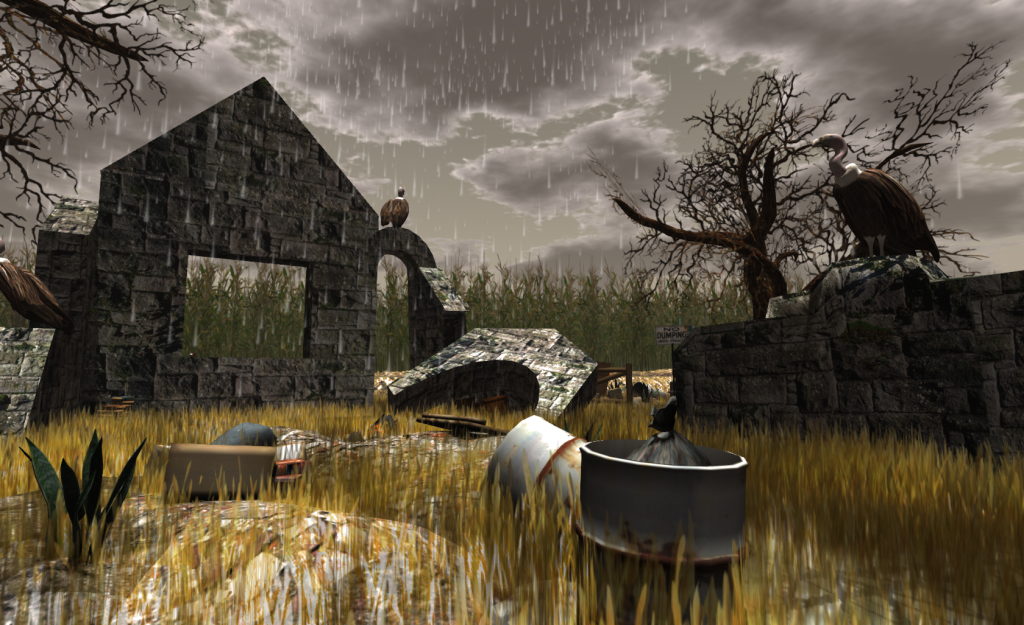
Moving Forward
While people have questioned if Philip Rosedale was right for the job, I have always thought he made a good leader for the community because to me he displayed all of the aspects of a good community leader based on the requirements stated above. And while this seemed to be demonstrated somewhat in his reference as "Governor Linden" I wonder if Linden Lab never truly embraced the local government similarities or approach because people in general tend to portray and think of government in a negative light. (In mentioning my respect and admiration for Rosedale, I do not mean to imply I think he should return as CEO – he seems to be pursuing new opportunities, and a good leader understands a healthy cycle of new leadership, as long as it is still of a high quality, ensures the community will benefit from new ideas and energy.)
It is too bad these misconceptions about local government exist in people's minds because if Linden Lab would really look into how much they operate as a local government, they would find numerous resources in the local government sector to help them in their management and understanding of and service to the community. They would also find organizations, associations, and millions of other government employees who do understand exactly what they have on their hands and who would freely share tips and advice on managing it all.
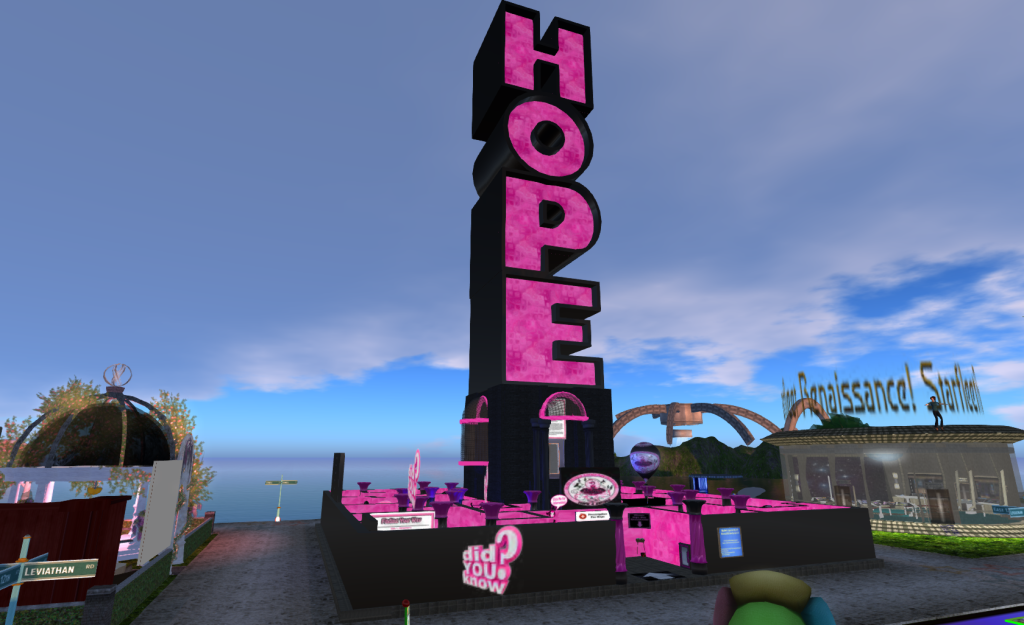
A side note and update on my own meager efforts to offer local government resources
For years I've been writing posts on this site about the parallels I've noticed between Second Life and local governments. So much so that I begin to think people are probably tired of reading about it. Those who aren't in Second Life or haven't visited a virtual world probably can't relate to the comparisons nor imagine how something like a virtual world can possibly function as a true community. As for those who are members of Second Life, I don't think many are local government employees and if they are like most people, at least those in the U.S., they don't pay a lot of attention to exactly how local government works. So the end result has been that I'm not sure I've done very well in convincing people of this overwhelming similarity. But I continue posting articles about this topic because the similarity is so glaringly obvious to anyone who has worked in local government right down to the problems and issues that arise because the company has not adopted good local government management practices.
A while back, my frustration built to a point at which I moved forward on the one action I felt I as a member of the community could take which was to initiate and help prepare a comprehensive plan for the community. While this started out well, I was forced to slow down the effort last year about this time when I accepted a job offer from a different government agency. If it had been a move to a similar type position, I don't think I would have had to suspend much of what I had been working on, but my new job involved performing in an entirely different function within a whole new framework. It was and continues to be a tremendous opportunity for me so I've been focusing most of my time and attention on getting up to speed and working hard to maximize the value of my work. Over the last year, I was able to complete a few of the other commitments I had already made prior to taking that job, but they were short and didn't involve as much time and effort as a comprehensive plan for a virtual community. Now, after spending almost a year getting familiar with my new job, I finally feel more comfortable getting back involved in developing the community plan. And with the recent loss of the CEO for the company that runs Second Life, I have even more reason to dedicate the time and effort to complete this project. If you want to follow its progress, you can visit the Virtual Vision 2020 website. A draft of the introduction section of the plan is under review and will be posted there in the near future for community review and comment.
(All photos in this post are from last year's Second Life Birthday Celebration – a community run event)




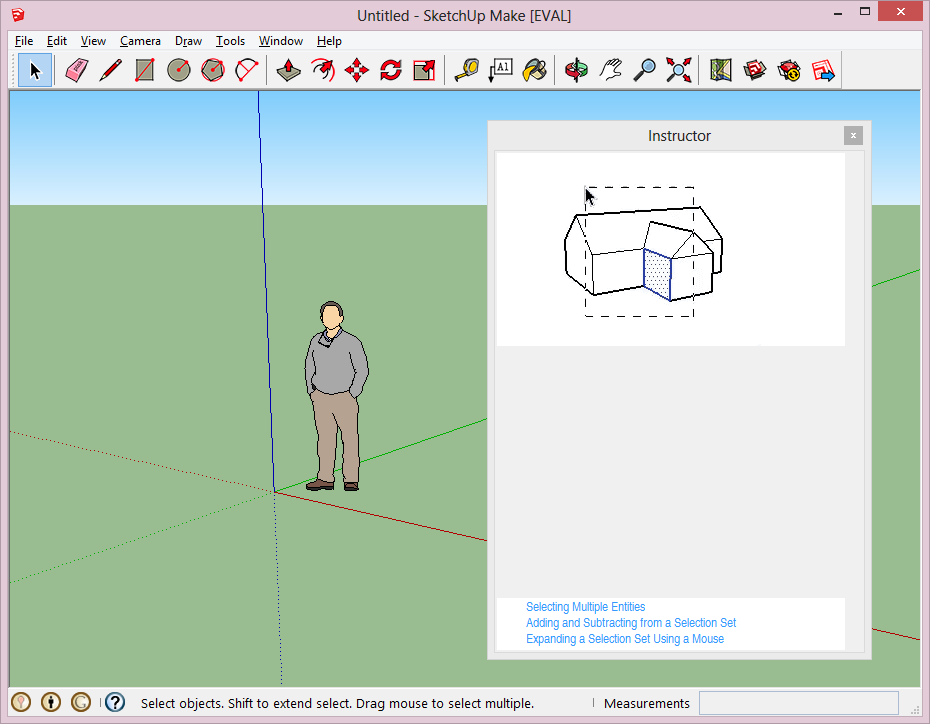
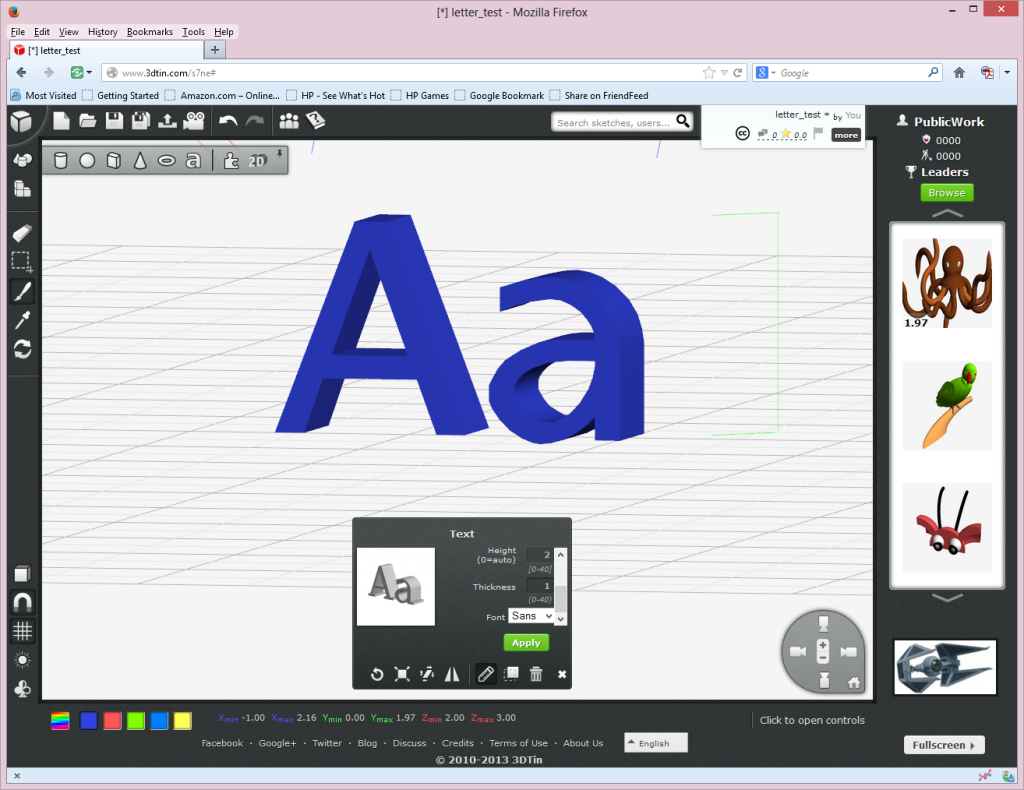
![tree[d] interface](http://www.publicworksgroup.com/blog/wp-content/uploads/2014/03/3dtreed.png)
